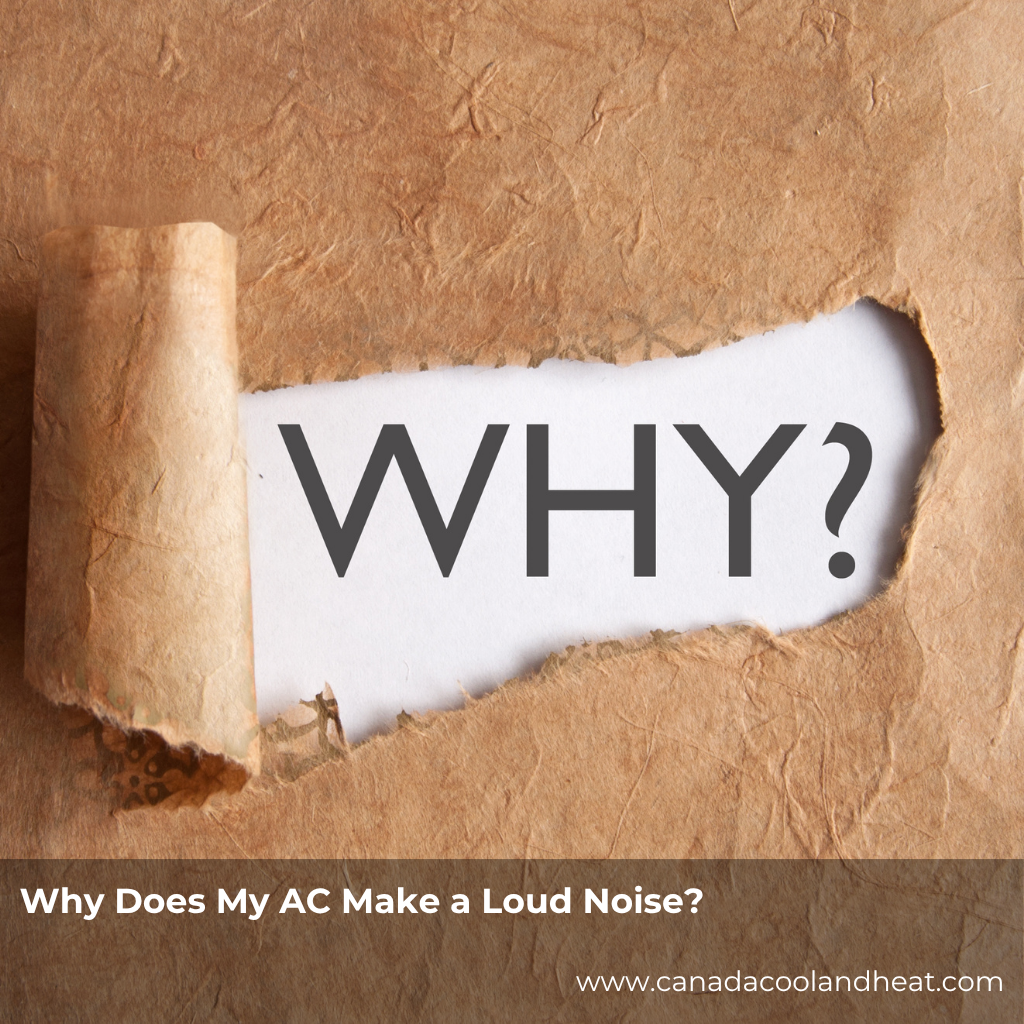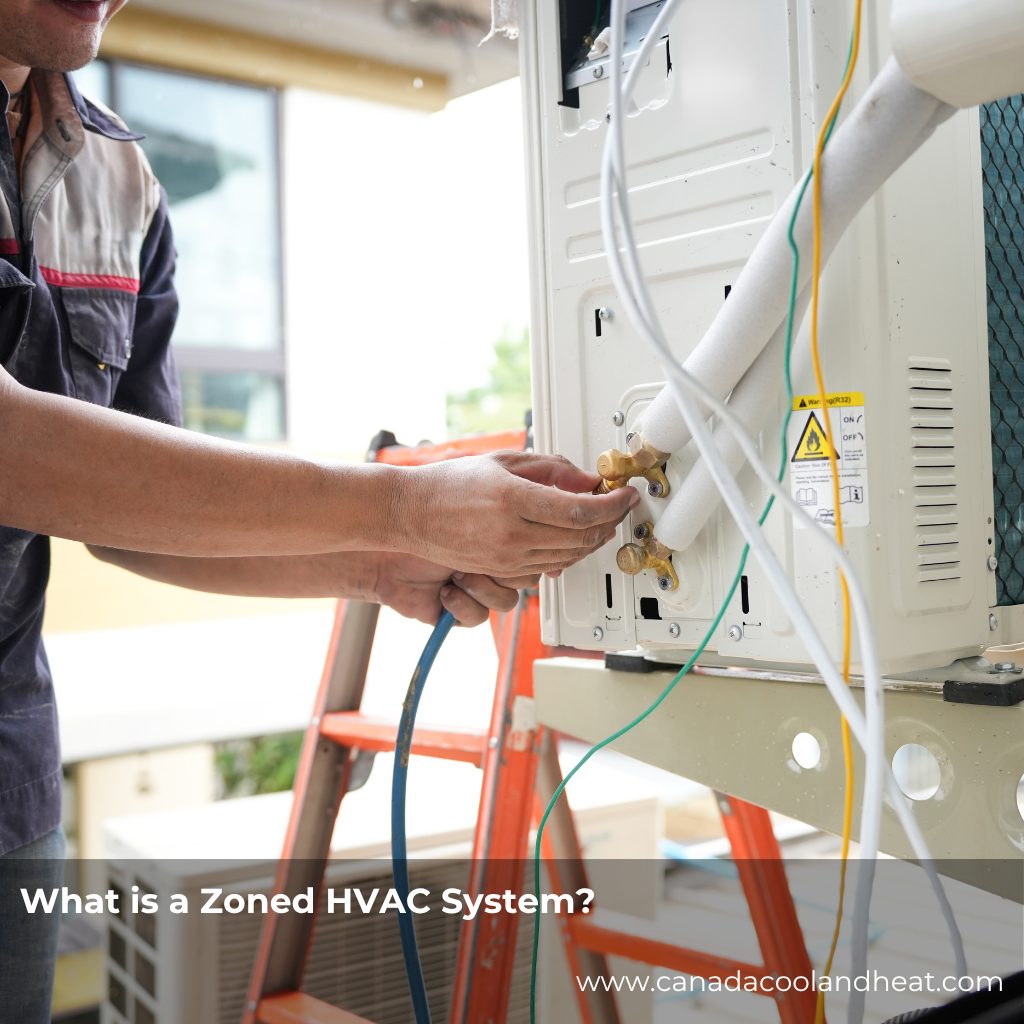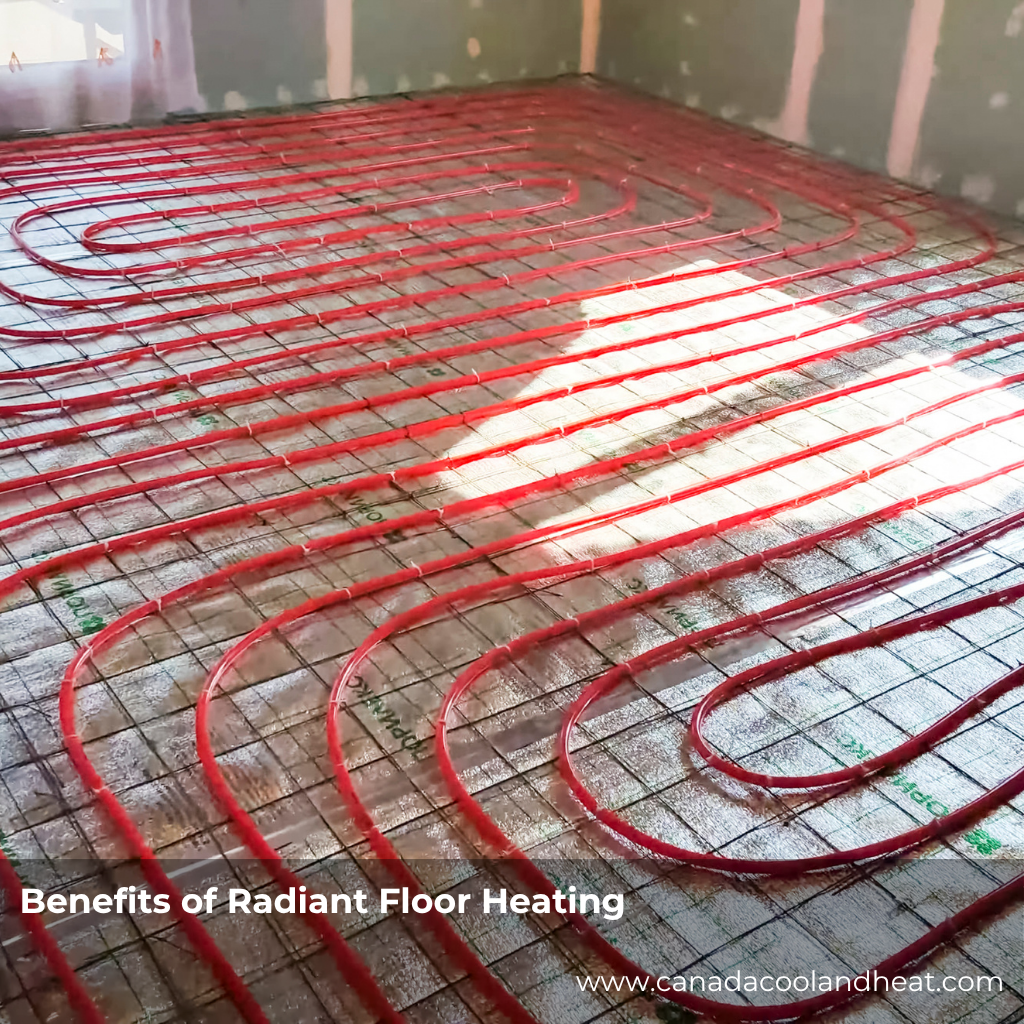The Hidden Tug-of-War Between Your Vent Hood and HVAC System
Think of your home’s HVAC system as a set of lungs—it breathes air in and out, keeping everything balanced. Now, imagine your kitchen vent hood as a powerful exhale, sucking air out at high speed to clear smoke and odors.
If your vent hood is too powerful or improperly balanced, it can throw off this rhythm. When air is pulled out of the home faster than it’s replaced, your HVAC system has to fight to maintain pressure, leading to:
-
Whistling or rumbling noises from vents and ducts
-
Reduced cooling or heating efficiency
-
Backdrafting, where air (and sometimes smoke or fumes) gets pulled into unwanted areas
-
Increased strain on the AC blower or fan motors
This is often why an AC might suddenly sound louder after a kitchen renovation or hood replacement—because the home’s air balance has shifted.
Why Proper Ventilation Matters for Cooking and Comfort
Cooking produces moisture, grease, and airborne particles that must be vented out effectively. A vent hood isn’t just for odor control—it’s your first line of defense for indoor air quality.
When designed correctly, your kitchen ventilation system should:
-
Capture and remove contaminants right at the source.
-
Maintain neutral air pressure so your HVAC system doesn’t overwork.
-
Bring in make-up air (fresh outdoor air) to replace what’s exhausted.
Without adequate make-up air, your HVAC may pull air from undesirable places—like crawl spaces, chimneys, or garage cracks—introducing pollutants and humidity. Over time, this imbalance contributes to that unsettling “loud AC” symptom as the system strains to compensate.
How Range Hood Size and Power Affect HVAC Balance
Vent hood sizing is both art and science. Too small, and you won’t remove enough heat and odor. Too large, and you risk creating negative pressure that disturbs your HVAC’s airflow.
Here are general sizing guidelines for range hoods:
| Cooktop Type | Recommended Hood CFM (Cubic Feet per Minute) | Notes |
|---|---|---|
| Electric | 100 CFM per linear foot of cooktop | Good for average home kitchens |
| Gas | 125 CFM per linear foot of cooktop | Needed to handle combustion gases |
| Professional Range | 150–200 CFM per linear foot | Requires dedicated make-up air system |
For example, if you have a 30-inch gas cooktop (2.5 linear feet), you’ll want at least 300–375 CFM. Anything above that should trigger a make-up air system—a small, often overlooked component that introduces fresh air to balance the airflow your hood removes.
Signs Your Kitchen Ventilation Is Affecting Your AC
You might not notice the connection at first, but several warning signs suggest your vent hood and HVAC are out of sync:
-
Your AC makes loud whooshing or rattling noises when cooking.
-
Doors slam shut or are hard to open due to pressure differences.
-
Air feels stagnant or muggy after using the stove.
-
Cooking odors linger, even after running the hood for a while.
-
You notice drafts or air leaks near vents or windows.
These symptoms often mean your system is unbalanced—and your AC is working harder than it should.
Balancing Act: How to Fix HVAC Noise from Kitchen Ventilation
You don’t need to live with a noisy AC. Here are practical steps to restore harmony between your kitchen and HVAC:
-
Check your hood’s CFM rating. If it exceeds 400–600 CFM, confirm that your system includes make-up air.
-
Inspect your ductwork. Bends, blockages, or poorly sealed joints can amplify noise.
-
Clean filters regularly. Both range hoods and HVAC filters need consistent cleaning for optimal airflow.
-
Install dampers. Backdraft dampers and sound-reducing dampers help control airflow noise.
-
Call an HVAC technician. They can perform a pressure balance test to ensure your system breathes evenly again.
The Big Picture: Designing a Quiet, Efficient Kitchen
A whisper-quiet AC isn’t just about good equipment—it’s about smart airflow design. When your vent hood, HVAC system, and make-up air are all properly sized and balanced, you’ll enjoy:
-
Even temperatures throughout your home
-
Cleaner, fresher air
-
Lower energy bills
-
Peaceful operation (no more roaring vents!)
Your kitchen should smell like food, not frustration—and your AC should hum, not howl.
FAQs
1. Why does my AC get louder when I cook?
Your range hood may be removing too much air without make-up air replacement, causing negative pressure and forcing your HVAC system to work harder.
2. Can a vent hood really affect my whole-house HVAC system?
Yes. High-powered hoods can unbalance airflow, impacting comfort, efficiency, and even air quality throughout your home.
3. What’s the ideal CFM for my kitchen vent hood?
It depends on your cooktop size and type. Most residential kitchens do well between 300–600 CFM with proper make-up air.
4. What is make-up air and why is it important?
Make-up air is fresh outdoor air that replaces what your hood exhausts, preventing pressure problems and maintaining good HVAC performance.
5. My AC is noisy only when the hood runs—is that normal?
No. It’s a sign of airflow imbalance. Have a technician inspect your hood’s exhaust and HVAC return setup.
6. How often should I clean my vent hood filters?
At least once a month for heavy cooking, or every 3 months for light use. Clean filters ensure quiet, efficient operation.
7. Can improper ventilation cause higher energy bills?
Absolutely. An unbalanced system forces your HVAC to work overtime, wasting energy and money.
8. Do all high-CFM hoods require make-up air?
Yes—especially those over 400 CFM. Many building codes now require it by law.
9. Who should I call for ventilation issues?
A licensed HVAC technician or mechanical contractor experienced in air balance and ventilation systems.
10. Can balancing airflow make my AC quieter?
Yes! Proper airflow balance often eliminates noise, vibration, and uneven cooling—all without replacing equipment.






